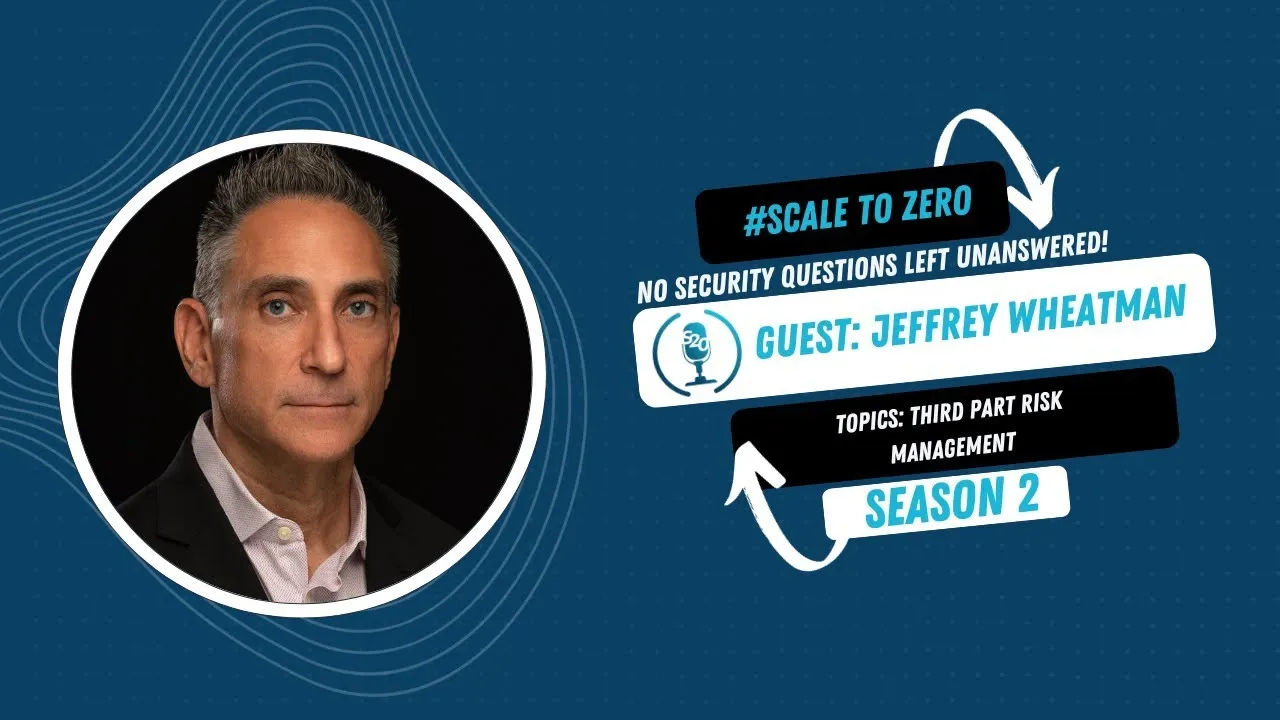To make money, businesses provide services to other businesses or sell their products as a service to other businesses. For smooth functioning, businesses share various assets with each other including data, processes, documentation, code, etc. Once shared, these assets are vulnerable to risks and attacks if not secured properly. The process to mitigate these mishaps (knowingly or unknowingly) from the external business you are working with, which is not limited to your vendors, suppliers, or customers is known as third-party risk management.
As Supply Chain Management expands beyond the traditional supply chain, it is also moving its roots from a physical to a digital landscape. Thus, supply chain risks have also seen a big shift in the IT industry introducing a new landscape for third-party risk management.
A question to all the security leaders and their stakeholders of organizations out there; Let us assume you are doing everything right, but what about the outside business teams you are doing business with?
83% of executives tell us that third-party risks were identified after initial onboarding and due diligence. As these external partnerships become increasingly complex, the need for a new vendor risk management approach is clear.
— Gartner
Impact of third-party risks on business
Now that you understand, third-party risk management involves three core disciplines they are Vendor risks, Supplier risks, and Supply Chain risks.
Have you ever thought about how the slightest of cyber compromise can block your teams from the easiest of day-to-day tasks?
Cyber is an important slice, in and of itself, but can have outsized impact on the rest of the business areas.
— Jeffery Wheatmen
For example, when an organization is hit with ransomware, they are not able to execute mundane tasks such as pay or send bills, manufacture or ship products, receive phone calls, and more. Organizations think third-party risks are a “defined set of rules” that once taken care of, need not relapse. With this “fixed-rule” mindset, organizations list out merely 100 third-party risks when they have thousands left unknown.
To answer the above question “Let us assume you are doing everything right, what about the outside business teams you are doing business with?” Imagine you’ve built a fortress around your data and systems. You’ve implemented robust security measures, trained your employees rigorously, and have a comprehensive incident response plan in place. You feel confident in your organization’s security posture. But what about the rest of the ecosystem you interact with?
That’s where third-party risk management comes in. Even with the most secure internal environment, a single vulnerability within a vendor or partner can create a domino effect, compromising your entire security posture. Maybe you as an organization are perfect with having proper required security measures, following set practices, and being compliant. Don’t be a victim to allow risks your way for the practices your partners (Vendors and Suppliers) are not able to follow or not following.
Security questionnaires for third-party risk management
A third-party risk management questionnaire is developed (sometimes in-house) set of questionnaire that allows organizations to safeguard themself by identifying and accessing their partners for potential risks.
Usually, Third Party Risk management questions are split into four parts;
- Information security and privacy
- Data center security
- Cloud infrastructure security
- Application security
Third-party risk management programs were able to effectively mitigate the risks associated with traditional third-party technologies. When you compare its effectiveness with the Web 3 world, you are not even close.
With 100s of companies shifting infrastructure to the cloud daily, keeping track of these countless assets and identifying potential risks manually is futile. Gone are the days when one person in an organization used to oversee the complete security architecture. Today, there are countless moving parts for a single person to handle this area.
Risk management questionnaires are prepared and then kept in a file cabinet. You need to have a plan to update your questionnaires frequently within a limited time and get them answered by your partners to keep third-party risks away.
Further streamlining the whole process, organizations should have vendor risk management tools that include different templates to adhere to compliances and frameworks.
Why prepare a security questionnaire?
The need for security questionnaire
Security questionnaires for vendors are like taking a restaurant food safety picture in January and assuming it is still accurate in July. Things change all the time! Asking vendors the same questions every month would be more like getting daily food safety updates, and making sure your future meals are safe and delicious.
Now consider a pre-onboarding situation where you onboard a partner (maybe a customer, vendor, supplier, etc) without cross-checking their adherence to your defined third-party risk questions. You start your business processes and suddenly your organization is breached. Upon investigating, it results in fault from your third-party business partner. Alas! You are already compromised.
Eliminating the complete practice will never help. Tools will help your organization once you have on-boarded a system. However, there needs to be a precautionary pre-onboarding security practice that will give you a basic understanding of the security structure before you sign a contract with third-party vendors.
Life beyond third-party security questions
Businesses differ and so does their risk appetite. Some businesses need to have access to your data and some don’t. Let us explore a list of things that organizations can prioritize apart from having a security questionnaire.
- Prioritize the level of risk from the number of vendors you are working with.
- Ask for the required compliance of framework certifications.
- Prepare your report documentation, and share it with your business stakeholders.
- Implementing a third-party risk management tool.
- Re-check the kind of data your organization is sharing.
How to prioritize vendors based on their risk levels?
Cyber risk evangelist “Jeffery Wheatmen” in one of our recordings at ScaletoZero podcast shares different perspectives on prioritizing risk levels for vendors. Here are some of them.
- The level of impact on your organization’s functionality, in case of ransomware attack at your partner’s organization.
- Impact on your company, in case a partner loses your data.
- Cascading and concentrating risk.
Well, What is cascading and concentrating risk?
You must be aware that the organizations you are dependent on, are depending on other organizations, and further, it continues the tree chart. So, you as an organization, need not stop only at third party risks but further keep on assessing and building a plan for fourth party, fifth party risks as well.
Final Thoughts
While security questionnaires are valuable for initial risk assessment, a truly secure environment goes beyond checking boxes. In this article we explored the multifaceted nature of third-party risk management, emphasizing the importance of understanding inherent risks, fostering open communication, and prioritizing vendors based on their impact on your business.
Remember, information security is a continuous process. Move beyond the questionnaire and build strong relationships with your vendors. Engage in ongoing communication, conduct regular risk assessments, and leverage additional tools like penetration testing and vulnerability scans to gain a comprehensive understanding of your third-party ecosystem.
By adopting a holistic approach that prioritizes collaboration and a deep understanding of risk, you can move beyond simply checking boxes and build a robust third-party security posture that safeguards your organization’s data and reputation.

